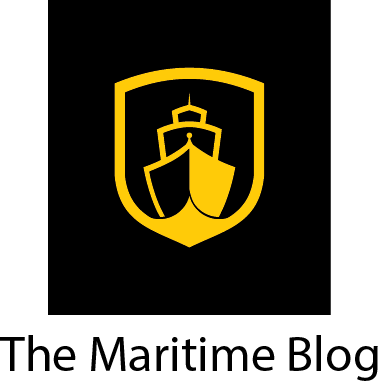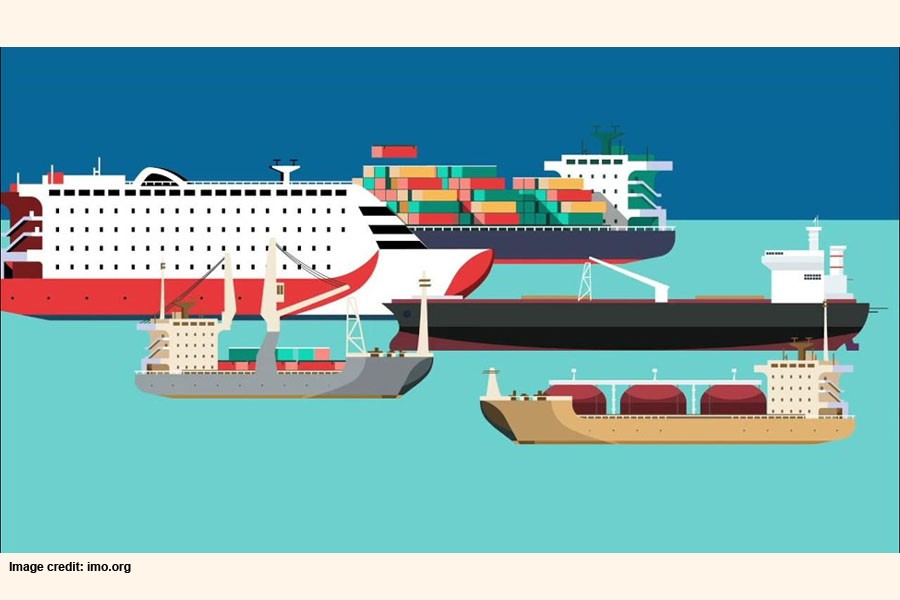search the site
Importance of Maritime Security and Regional Cooperation for Pakistan

Though a contemporary priority, maritime security draws heavily on practices established during the medieval period to protect trade routes and territorial waters. Seas and rivers were always considered a source of prosperity by mankind. All major cities were developed either along sea sides or rivers. The Nile was a trade source for the pharaohs, so it was always safeguarded.
All the neighbours on both sides of the Nile’s coast always contested the Red Sea, ranging from medieval Egyptians to contemporary allies. Caliph Al Mansur selected his capital city, Baghdad, in 762 AD while remaining cognizant of its significance with its proximity to the Euphrates and Tigris rivers. Indians consider the Indian Ocean their backyard, and the USA safeguards its interest by seafaring the Atlantic and Pacific Oceans due to its geographical location. The acquisition of Hawaii, Aleutians, Alaska, Nicobar and Andaman, and String of Pearls islands are all examples of countries’ importance to maritime security in the modern world.
Pakistan, a maritime state with over 1,001 km of coastline and a vast Exclusive Economic Zone (EEZ) is no exception. Pakistan’s geography is the driving force to be aware of maritime security for its trade and fetching blue economy dividends. The Arabian Sea and adjoining areas further west are central points of interest for most regional and extra-regional countries. Due to its proximity to the Persian Gulf and the Gulf of Aden, the USA and Western countries are interested in its safety for the continued oil flow. Furthermore, to counter maritime-originated terrorism, the USA and its allies are conscious of the “narco-trade” as well, which emerges from Afghanistan and, through Gwatar Bay, reaches Yemen. It then reaches the open market and fetches billions of dollars, which presumably, in turn, is used to purchase weaponry by non-state actors.
Since 2009-10, the Somali and Gulf of Aden waters have been infested with piracy elements. Not only the USA and its allies, but Chinese and Russian fleets are also patrolling the Red Sea as independent entities. It is evident from above that any singular nation-state cannot undertake maritime security; rather, it must be a combined effort. The maritime Area of Responsibility (AOR) of Pakistan, Pakistan’s Natural Maritime Area of Influence, is shown below.

With the turn of the century, Pakistan realised its new responsibilities, and world events, particularly 9/11, also played a pivotal role. The said incident resulted in the creation of the Combined Maritime Forces (CMF) Task Forces 150 and 151 in Bahrain with a primary mission to conduct maritime security operations in areas like the Gulf of Oman, the Arabian Sea, and the Red Sea to disrupt terrorist organizations illicit activities and counter-piracy incidents. Pakistan subsequently joined the coalition in 2008 and is part of it to date.
Pakistan became further familiar with maritime security after signing China-Pakistan Economic Corridor (CPEC) related treaties, which are all sea-centric. Gwadar is the centre of its security, and the sea at its south, which is infested with traditional and non-traditional threats, must be safeguarded. As recently as December 1, 2024, two USA Destroyers (USS Stockdale and USS O’Kane) shot half a dozen Houthis-launched munitions while escorting three US-flagged merchant ships through the Gulf of Aden. The escorting of Merchant vessels by US CENTCOM forces in the Red Sea and the Gulf of Aden is a clear testimony of the contemporary maritime terrorism existence close to Pakistani waters. It is an indication of Pakistan’s resolve to work in close collaboration with regional players.
Furthermore, as a peaceful nation that believes in coexistence, the AMAN (Peace) exercise, initiated by the Pakistan Navy in 2007, is a significant multinational maritime exercise aimed at enhancing regional and global maritime security. Its significance can be gauged from the fact that it has evolved exponentially over the last seventeen years to include participation from navies worldwide, including major powers such as the United States, China, and Russia. The core objectives of the AMAN exercise are to promote maritime security and stability, tackle piracy and maritime terrorism, and enhance interoperability among naval forces. Over the years, the increasing global participation in the AMAN exercise highlights the trust and confidence the international community places in the Pakistan Navy’s efforts and contributions to enhancing collaborative maritime security.
In addition to regional cooperation, Pakistan has also enhanced its maritime security efforts by initiating different steps.
The inter-defence forces cohesion between all three forces has increased manifold through Exercise SEASPARK. The frequency of tactical-level joint exercises has also increased over the last few years. The interoperability doctrines and SOPs have been further refined due to enhanced interactions. Pakistan Navy has formed a dedicated Task Force (TF) 88 for CPEC project-related security of Gwadar and the North Arabian Sea (NAS). The objective is to deploy the TF within a minimum period in an emergency. PN Base Ormara is near Gwadar. A large portion of its fleet is permanently based in Ormara. Additionally, two of its ships are permanently deployed in NAS and the Red Sea area to counter sea terrorism, sea narco-trade, human smuggling, and curbing piracy with US-led coalitions.
Pakistan has to further its maritime domain awareness (MDA) capabilities by gathering all maritime-related information to compile a picture of sea awareness to understand the developing sea situations and then take appropriate actions. In this regard, establishing the Joint Maritime Information and Coordination Center (JMICC) at Manora Island in Karachi and coastal watch stations all along the coast stretching from Karachi to Ormara to Gwadar are good omens. Additionally, the Pakistan Navy has also strengthened its Marine Wing and raised a “Coastal Security and Harbour Defence Force” to tackle security-related threats along the Gwadar coast and, in this regard, stationed one of its Force Protection Battalion (FPB) at Gwadar.
The Naval Sea Guardian Exercise 2020 in NAS was the sixth joint exercise between Pakistan and China. In addition, land-based “Warrior Joint Exercises” and “Shaheen Joint Exercises” with Pakistan Air Force are regular features bolstering and augmenting Gwadar’s seaward and coastal defences. Pakistan’s Army has also taken renewed initiatives, and the Coast Guard is now more active in its renewed role. Pakistan Air Force (PAF) also attends exercises regularly to enhance cohesiveness and seaward security. The Pakistan Maritime Security Agency (PMSA) Act authorises it to conduct all non-traditional security threat countermeasures. It patrols Pakistan’s vast EEZ from the “contagious zone” to “international waters” to counter piracy, smuggling, illegal fishing, the exploitation of Pakistan’s mineral resources, and provide deterrence against sea terrorism.
Maritime security in the Pakistan AoR is complex, and regional players have differing interests. However, security is the “common constant” among all nations. All nations endeavour to fetch sea dividends but without this constant. Therefore, without this constant, Pakistan must ensure that this common ground is safeguarded without alienating any regional or extra-regional player.
source : paradigmshift


















